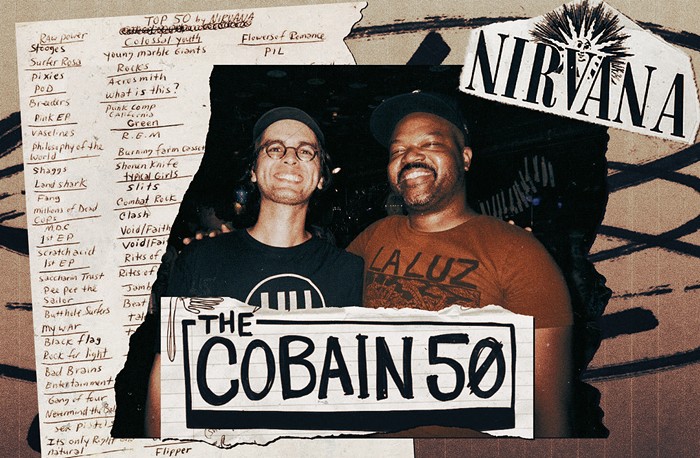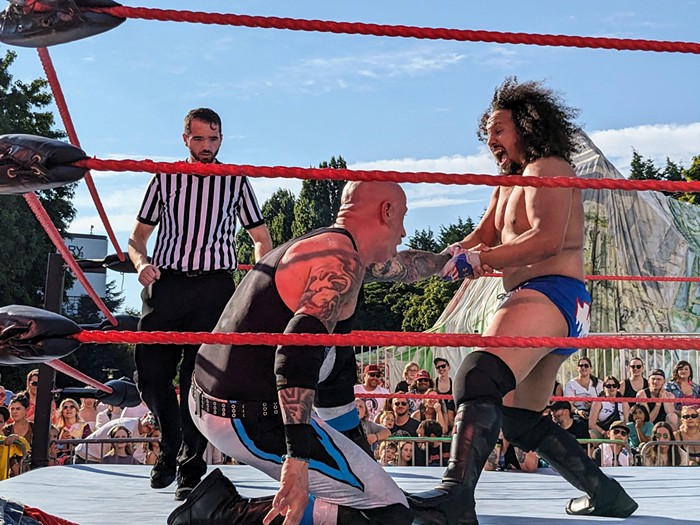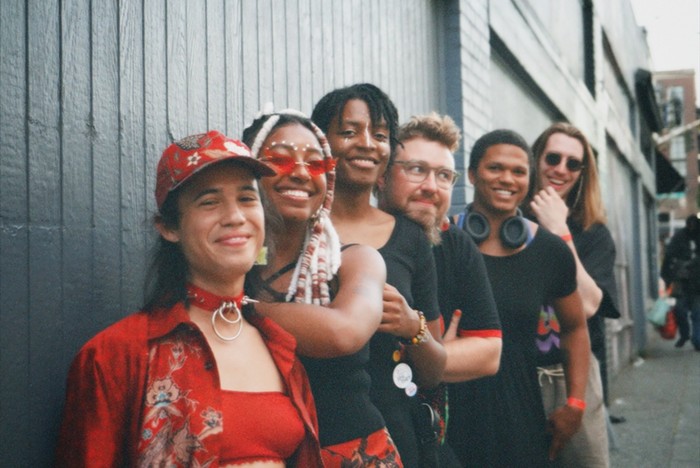
When you are already very rich, there are three sure ways to become even richer, and none of them involve the innovation and creativity that's associated with the hero of capitalism, the entrepreneur. One is the property/housing market (which is why any consideration of a housing crisis that focuses on the use value or demand value but excludes the investment/placement value is inadequate). Another is the stock market. And lastly there is the art market. The value of the art market is scarcity value, and in this respect, art objects are much like wines that are rare because they can only be obtained from very specific and limited mixtures of soil.
But scarcity is not enough.
The object must also be recognized as important (the job of the critic and curator) and, eventually, its maker must become famous. All art that has what Walter Benjamin called an "aura" is scare by nature—this nature being existential. The productions of an artist are limited to their lifespan. Mechanical/digital reproduction removes the aura of an object—meaning, removes its existential aspect, its direct connections to the life and body of the artist. This is why early limited pressings of, say, the rap record produced by Jean-Michel Basquiat—who would have been 56 years old today if had not died of a heroin overdose at the age of 27—and featuring Fab Five Freddy and Rammellzee, "Beat Bop" (and whose cover was designed by Basquiat), are worth a lot of money. Those early pressings are much closer to him than the later ones. Reproductions diminish the aura like the blackness of interstellar space diminishes the light of a star.
Yesterday, a painting by Basquiat, who spent most of his life in poverty, and whose father came from the poorest country in the northern hemisphere, Haiti, sold for an astonishing $110,500,000 at Sotheby's.
The New York Times claims it is now the sixth most expensive work ever sold at an auction. With this achievement, which received loud and long applause from the global lovers and owners of social power in the form of money, Basquiat joins an elite club that includes Francis Bacon and Pablo Picasso.
The painting was made not long after Basquiat played Grandmaster Flash in the video for Blondie's rap/funk track "Rapture" in 1981, and has not been seen by the public in 30 years. A Japanese billionaire bought the thing and plans to display it in a museum in Chiba, Japan. The painting has proved to be a fantastic investment. It was expected to be sold for $60,000,000, but, to use the words of Doug E Fresh, it went "all the way to the heaven." Such leaps in value only occur in what the British call placements: property/housing, company shares, and rare and desired art objects.



















